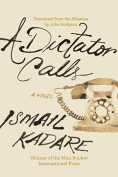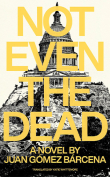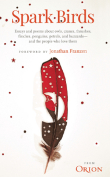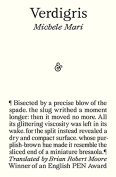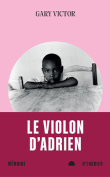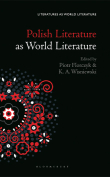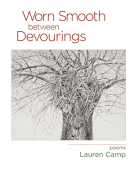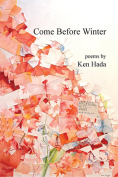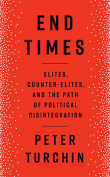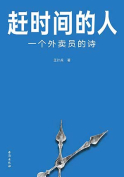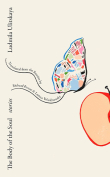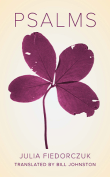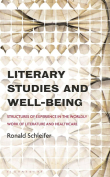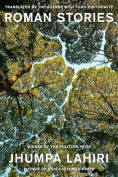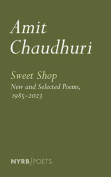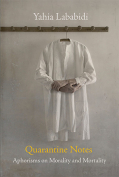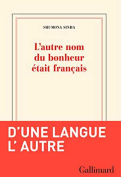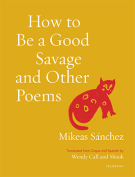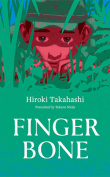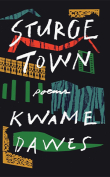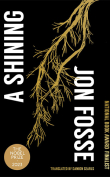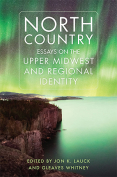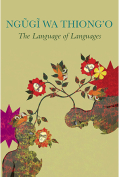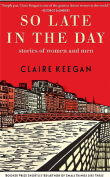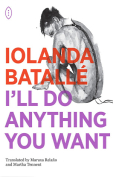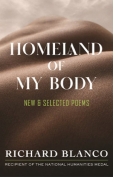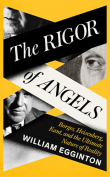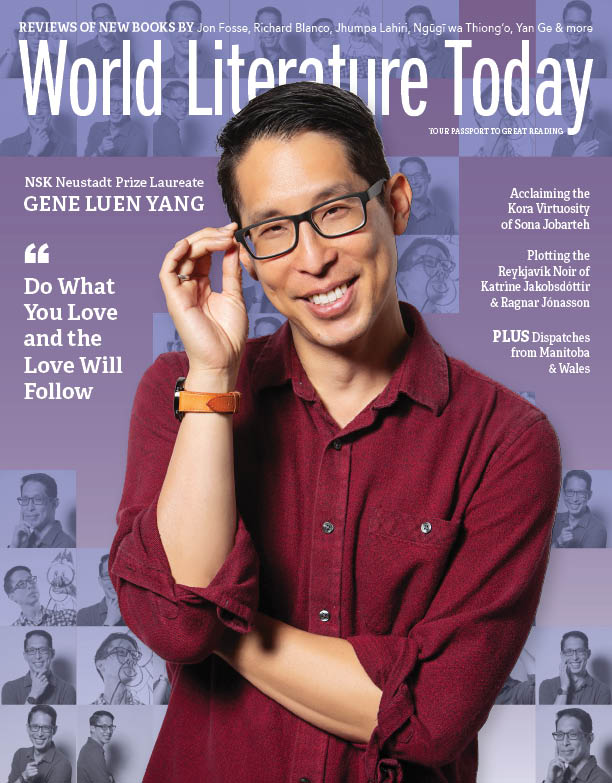Polish Literature as World Literature
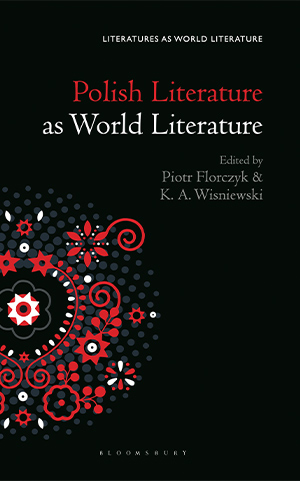 New York. Bloomsbury Academic. 2023 (©2022). 253 pages.
New York. Bloomsbury Academic. 2023 (©2022). 253 pages.
With an international team of academics, translators, linguists, and poets, Piotr Florczyk and K. A. Wisniewski put the spotlight on authors, publishers, and critics “engaged in reciprocal and mutually rewarding relationships with ‘the world republic of letters.’” Examining the role of Polish literature on the world scene in less than 240 pages is daunting. Rising to the challenge, the editors focus on the years 1772 through 2022; integrate theory, interpretation, and chronology case studies; and examine western Europe, the Anglo-American realm, and the Mediterranean world.
Polish literature of the past two and a half centuries became divided during the Enlightenment between domestic and émigré writers, a tradition that blossomed into three different centers after 1945: namely, émigré, Israeli/Holocaust/Polish, and European Jewish literature. This meant that half of Polish literature was de facto integrated in world literature, leaving domestic authors to digest this “external” influence. The diversity and extraordinary staying power of the Polish literary diaspora is exemplified in every chapter of the book, albeit as a watermark. They include the Enlightenment writer Jan Potocki, who wrote in French; Joseph Conrad, who wrote in English; the Romantic bard Adam Mickiewicz, who wrote in Polish; and Tomasz Jedrowski, who writes in English.
Another argument made by Polish Literature as World Literature, with the help of Freudian analysis, relates to the uniqueness of Polish literature. Tensions between subjectivity/universality, chaos/order, ephemerality/permanence, civilization/instinct, belonging/skepticism, and mythical/modern that are attributed to major Polish authors such as Adam Mickiewicz, Czesław Miłosz, Bruno Schulz, and Witold Gombrowicz are found in world authors. The more specific conflict between Polishness (provincialism) and worldliness (universalism) is present in the works of Ignacy Krasicki, Czesław Miłosz, Witold Gombrowicz, and Tadeusz Konwicki’s The Polish Complex. Yet the loss of identity, center, and authenticity are the backbone of Lacanian and Derridean theories that have shaped a wide range of postmodern works. The “Romantic Paradigm,” with its trinitary cult of memory–duty–violence, produced a Mickiewiczian hero, Konrad Wallenrod, who is eerily similar to Shakespeare’s Hamlet in his thirst for revenge.
The chapters’ authors apply avant-garde approaches to past and present works to better show their integration in world literature. Their approaches range from gender studies, literary theory, modernity, literary history, female writers, memory studies, comparative analysis, sexuality, feminism, liberature, popular culture, translation studies, cultural studies, LGBTQ studies, Latin American magical realism, and Nordic crime writing. Marginalized literatures with cannibalistic or anthropophagic content written by futurists or Holocaust survivors are given attention, as are women writers.
Polish literature has been, is, and will be a part of world literature. Finally reunited, it is adapting to the increasing globalization and migrations that are changing what we know, want, and need from other cultures. It follows emerging trends such as the “middlebrow” genre, “literary tourism,” and local-flavor literatures. The question for it, as well as for other world literatures, is whether falling into a melting pot of commercialized global literature is inevitable, and whether the new anglophone cultural “center” continues to subsume “peripheral” literatures. Florczyk and Wisniewski’s analytical model will help the reader explore these issues further.
Alice-Catherine Carls
University of Tennessee at Martin
